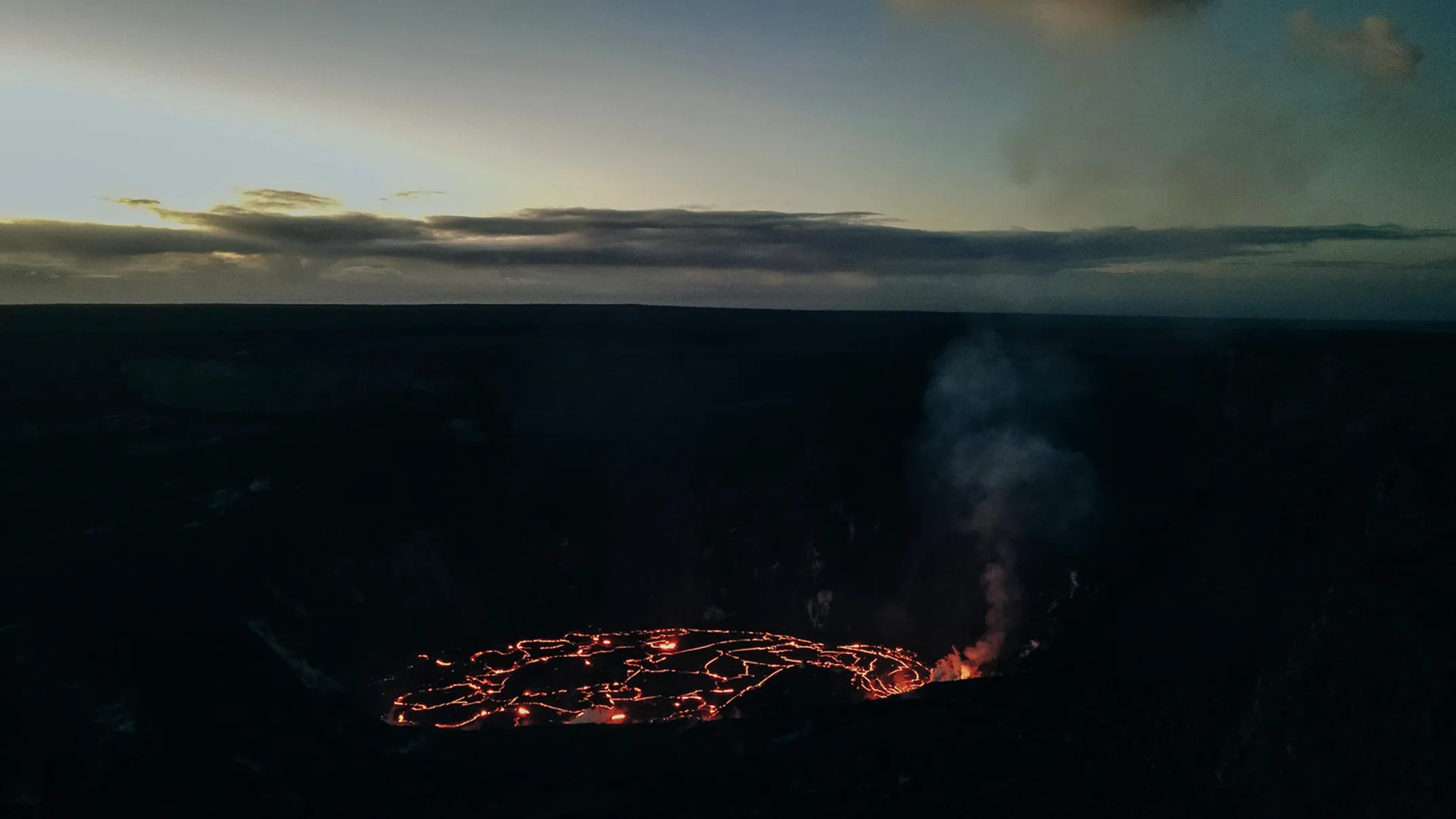
A Guided Hike Adventure Kilauea Iki and Lava Tube
Volcanoes Hiking Guides • Hiking • Volcano • Hawaii

The House of the Sun - Sacred Volcanic Majesty Above the Clouds

Written by a Local Expert
Leilani AkoDominating East Maui's landscape, Haleakalā ("House of the Sun") is a massive dormant shield volcano. Its summit reaches 10,023 feet into the sky. Haleakalā National Park encompasses this majestic peak. It stretches from the stark, moon-like alpine desert of its summit crater down to lush, tropical rainforests of the Kīpahulu district on the coast.
Due to immense popularity, reservations are mandatory for any vehicle entering the Summit District between 3:00 a.m. and 7:00 a.m. Reservations are made online through Recreation.gov and cost $1.00 per vehicle.
Witnessing sunrise or sunset from Haleakalā's summit is truly awe-inspiring. It's almost spiritual. As the sun crests the horizon or dips below it, the vast crater below and sea of clouds often stretching to the horizon paint in breathtaking hues.
For Native Hawaiians, Haleakalā is wao akua—the wilderness of the gods. The summit has long been sacred for ceremonies, prayer (pule), and connecting with the divine. The sunrise itself is powerful, often greeted with traditional chants (oli) and reverence. This acknowledges the life-giving energy of the sun.
The summit crater of Haleakalā is a vast wilderness. It's approximately 7 miles long, 2 miles wide, and nearly 3,000 feet deep. It contains over 30 miles of hiking trails. Its landscape features colorful cinder cones (puʻu), ancient lava flows, and profound silence.
Hiking here is strenuous due to high elevation (7,000 to 10,000 feet), thin air, strong sun, and unpredictable weather. This can range from freezing temperatures to intense heat in a single day.
Descends from summit visitor center (9,800 ft)
Primary trail into crater heart. Short walks to overlook (1 mile) or epic 11-mile journey across valley floor. Barren, windswept terrain with stunning cinder cone views.
Starting at lower elevation (7,990 ft)
Meanders through native shrubland before reaching crater rim. Dramatic switchbacks descend 1,000 feet to crater floor. Popular exit route for full-day hikes.
Experience the sacred power of Haleakalā where the demigod Maui lassoed the sun to slow its journey across the sky.
Explore More VolcanoesThe name Haleakalā, "House of the Sun," comes from one of Hawaii's most famous legends. The demigod Maui, a hero and trickster known throughout Polynesia, journeyed to Haleakalā's summit. His mother, Hina, had complained that days were too short for her kapa (bark cloth) to dry.
Maui, armed with magical rope made of coconut fibers (or his sister's hair in some versions), lay in wait and lassoed the sun's rays as it rose. He then beat the sun into submission, forcing it to promise to move more slowly across the sky. This lengthened the days, especially during summer. This moʻolelo highlights the mountain's profound connection to the sun and nature's rhythms.
Haleakalā remains immensely sacred for Native Hawaiians. It's a place for spiritual practices, meditation, connecting with ancestors, and seeking wisdom.
The summit and crater are considered wao akua—the wilderness of the gods. Visitors should approach with reverence and respect.
Visitors should approach with reverence and respect. This includes observing traditional protocols like asking for permission in spirit before entering sacred areas. Don't disturb or remove any rocks or plants. Practice Leave No Trace principles carefully.

Volcanoes Hiking Guides • Hiking • Volcano • Hawaii

